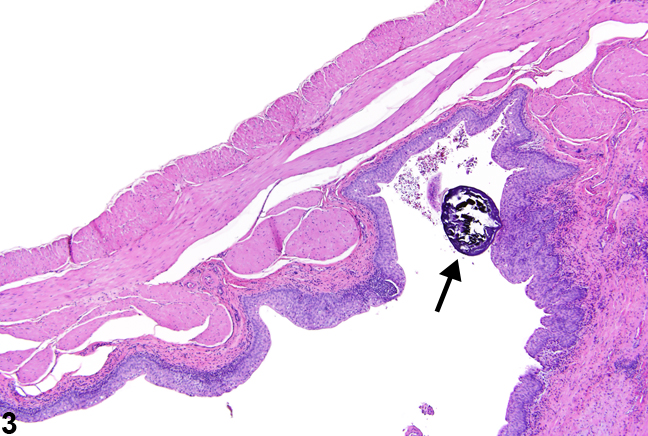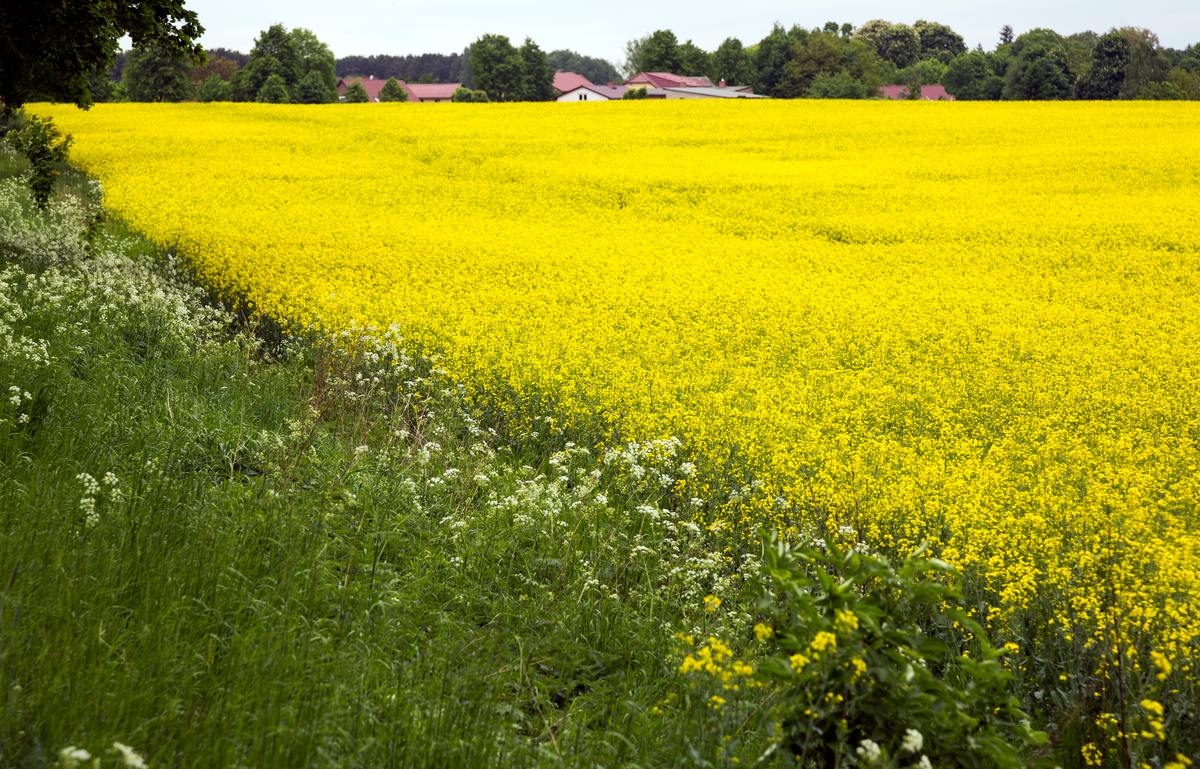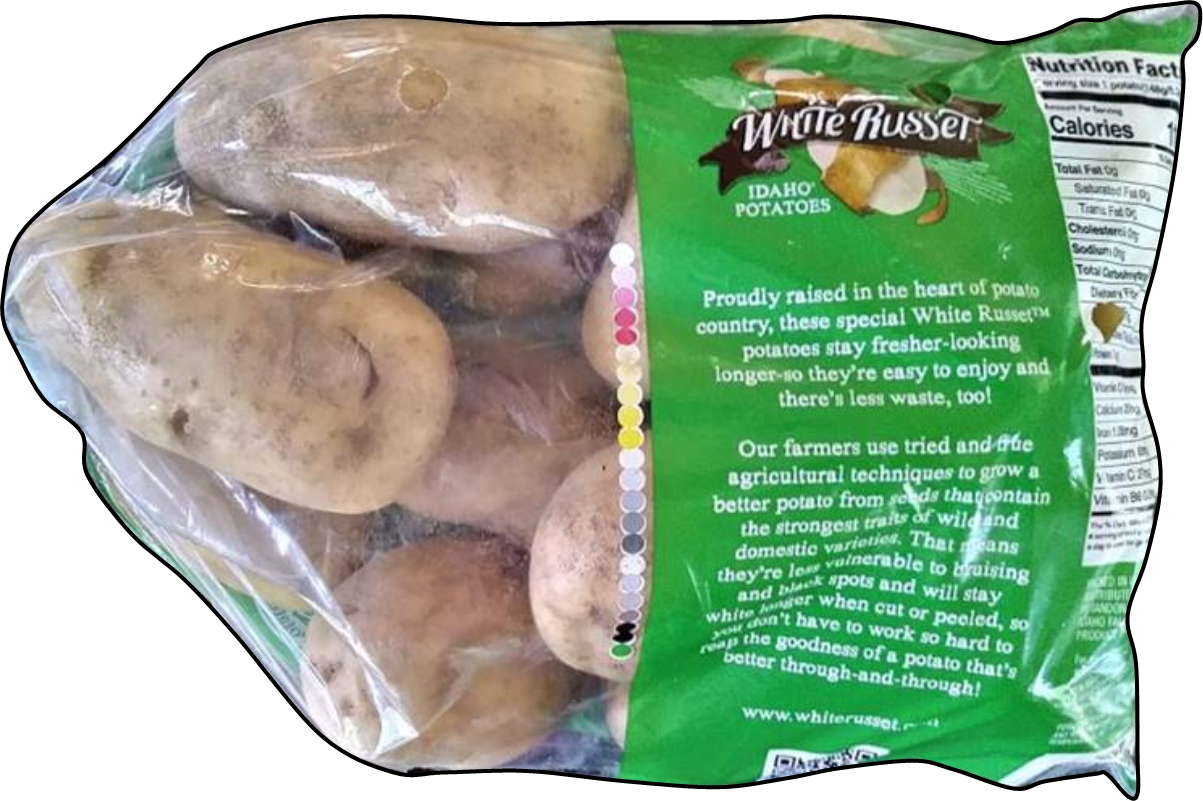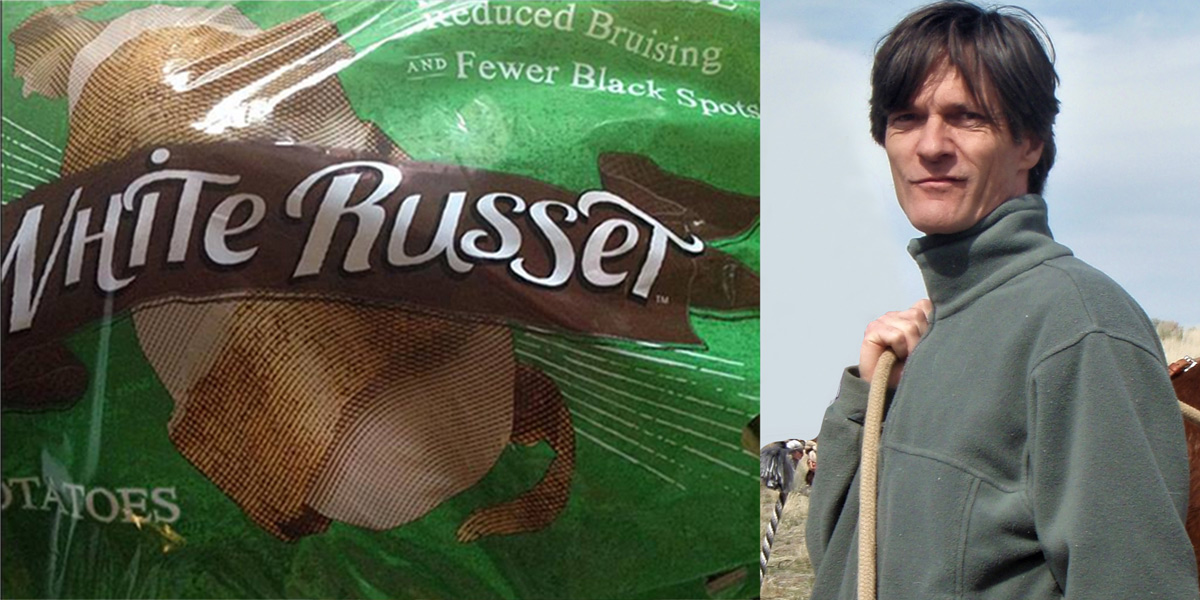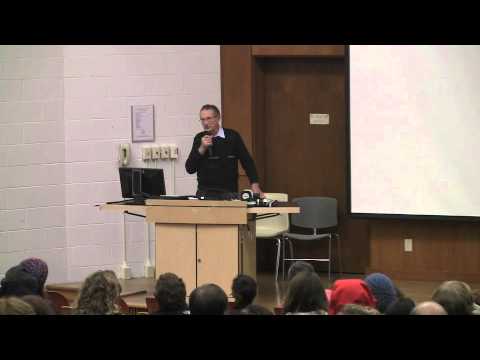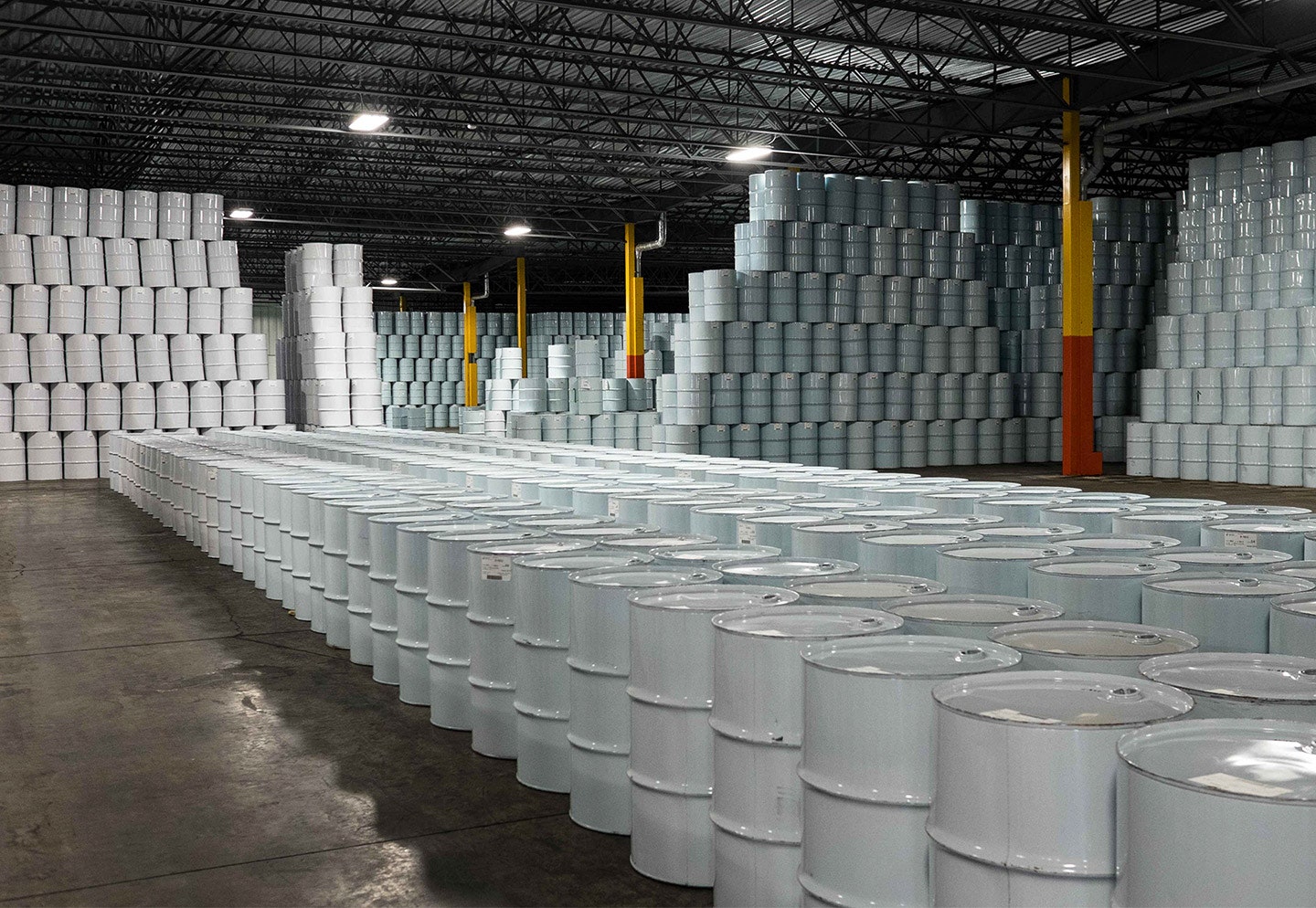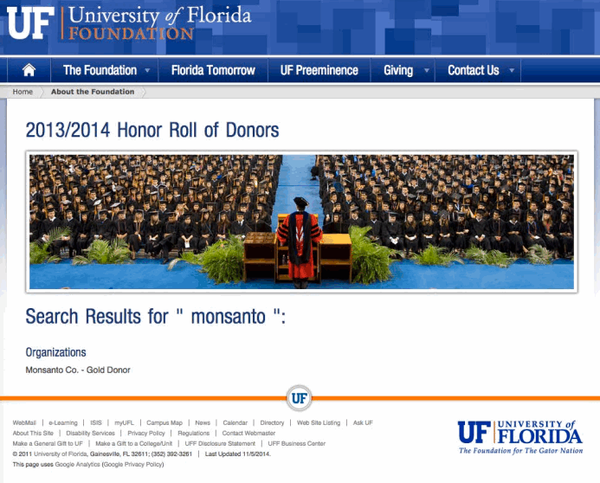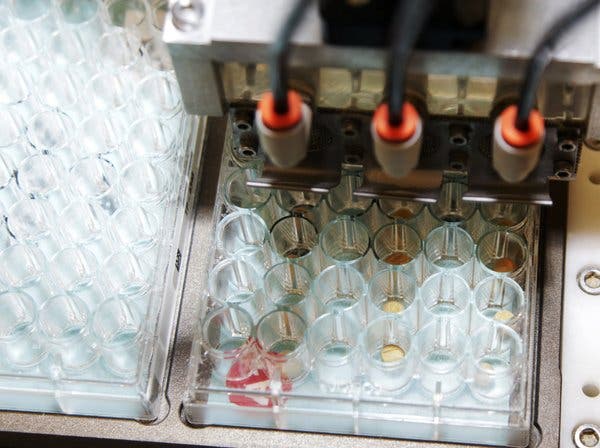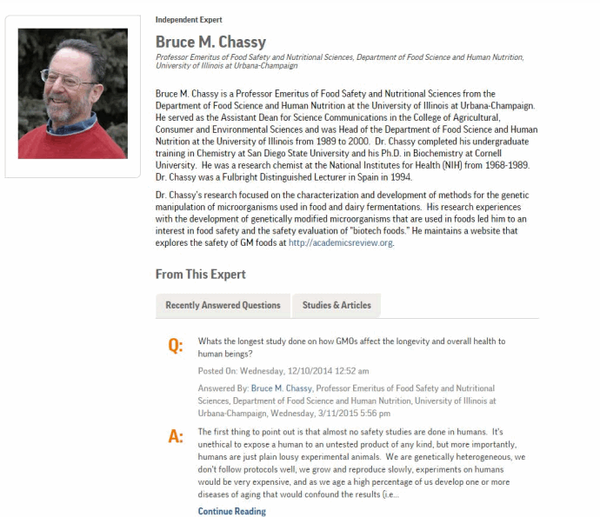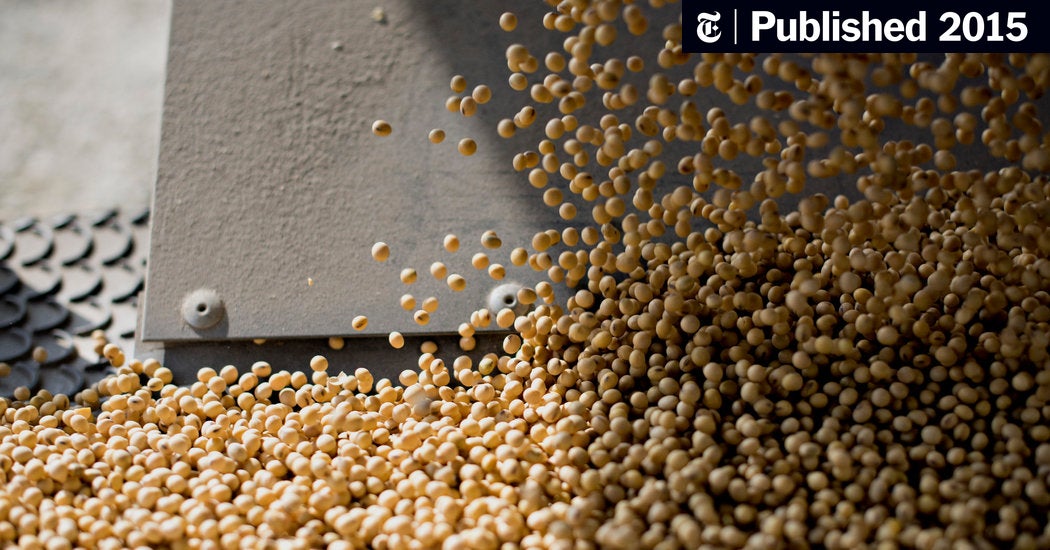No publicity is given to the record rice crop yields obtained by low tech changes to the way plants are looked after, and changing to low intensivity farming, less labor and mechanization use, without GMO or pesticides and little fertilizer, less water and toxins - producing better quality and cheaper food under almost all known land conditions and demonstrated in 100,000s of cases researched by State, University, NGOs and others around the world including Cornell University.
Meeting World Food Needs by Raising the Productivity of Land, Labor, Capital and Water with less intensive agriculture and by using less Plants, Labor, Capital Machines, Fertilizers, Pesticides, Herbicides and Water - producing higher yields and better quality cheaper foods without the need for GMO, intensive agriculture and toxins
However no funding is provided to develop and roll out the proven programs for commercial farmers over different crops that would produce better quality food and yields at cheaper prices, with little or no toxins, be GMO free, using less water, labor, machinery and other inputs etc and is far better for the environment -
Why no support ..... who gains?
View: https://youtu.be/HWZa53ZUREQ
Why are we still advancing GMO alone and not also using alternative crop enhancement processes to compare results ?
Techniques could be applied to other crops from small scale to big commercial operations
The world record yield for paddy rice production is not held by an agricultural research station or by a large-scale farmer from the United States, but by Sumant Kumar who has a farm of just two hectares in Darveshpura village in the state of Bihar in Northern India. His record yield of 22.4 tons per hectare, from a one-acre plot, was achieved with what is known as the System of Rice Intensification (SRI). To put his achievement in perspective, the average paddy yield worldwide is about 4 tons per hectare. Even with the use of fertilizer, average yields are usually not more than 8 tons.
Sumant Kumar’s success was not a fluke. Four of his neighbors, using SRI methods, and all for the first time, matched or exceeded the previous world record from China, 19 tons per hectare. Moreover, they used only modest amounts of inorganic fertilizer and did not need chemical crop protection.
Using SRI methods, smallholding farmers in many countries are starting to get higher yields and greater productivity from their land, labor, seeds, water and capital, with their crops showing more resilience to the hazards of climate change (Thakur et al 2009; Zhao et al 2009).
These productivity gains have been achieved simply by changing the ways that farmers manage their plants, soil, water and nutrients.
The effect is to get crop plants to grow larger, healthier, longer-lived root systems, accompanied by increases in the abundance, diversity and activity of soil organisms. These organisms constitute a beneficial microbiome for plants that enhances their growth and health in ways similar to how the human microbiome benefits Homo sapiens.
That altered management practices can induce more productive, resilient phenotypes from existing rice plant genotypes has been seen in over 50 countries. The reasons for this improvement are not all known, but there is a growing literature that helps account for the improvements observed in yield and health for rice crops using SRI.
The ideas and practices that constitute SRI were developed inductively in Madagascar some 30 years ago for rice. They are now being adapted to improve the productivity of a wide variety of other crops, starting with wheat, finger millet and sugarcane. Producing more output with fewer external inputs may sound improbable, but it derives from a shift in emphasis from improving plant genetic potential via plant breeding, to providing optimal environments for crop growth.
The adaptation of SRI experience and principles to other crops is being referred to generically as the System of Crop Intensification (SCI), encompassing variants for wheat (SWI), maize (SMI), finger millet (SFMI), sugarcane (SSI), mustard (rapeseed/canola)(another SMI), teff (STI), legumes such as pigeon peas, lentils and soya beans, and vegetables such as tomatoes, chillies and eggplant.
That similar results are seen across such a range of plants suggests some generic processes may be involved, and these practices are not only good for growing rice. This suggests to Prof. Norman Uphoff and colleagues within the SRI network that more attention should be given to the contributions that are made to agricultural production by the soil biota, both in the plants’ rhizospheres but also as symbiotic endophytes within the plants themselves (Uphoff et al. 2012).
The evidence reported below has drawn heavily, with permission, from a report that Dr. Uphoff prepared on the extension of SRI to other crops (Uphoff 2012). Much more research and evaluation needs to be done on this progression to satisfy both scientists and practitioners. But this gives an idea of what kinds of advances in agricultural knowledge and practice appear to be emerging.
Origins and Principles
Deriving from empirical work started in the 1960s in Madagascar by a French priest, Fr. Henri de Laulanié, S.J., the System of Rice Intensification (SRI) has shown remarkable capacity to raise smallholders’ rice productivity under a wide variety of conditions around the world: from tropical rainforest regions of Indonesia, to mountainous regions in northeastern Afghanistan, to fertile river basins in India and Pakistan, to arid conditions of Timbuktu on the edge of the Sahara Desert in Mali. SRI methods have proved adaptable to a wide range of agroecological settings.
With SRI management, paddy yields are usually increased by 50-100%, but sometimes by even more, even up to the super-yields of Sumant Kumar and his neighbors. Requirements for seed are greatly reduced (by 80-90%), as are those for irrigation water (by 25-50%). Little or no inorganic fertilizer is required if sufficient organic matter can be provided to the soil, and there is little if any need for agrochemical crop protection against pests and diseases. SRI plants are also generally healthier and better able to resist such stresses as well as drought, extremes of temperature, flooding, and storm damage.
SRI methodology is based on four main principles that interact in synergistic ways:
Variants of SRI practices suitable for upland regions have been developed by farmers where there are no irrigation facilities, so SRI is not just for irrigated rice production any more. In both settings, crops can be productive with less irrigation water or rainfall because taking up SRI recommendations enhances the capacity of soil systems to absorb and provide water (‘green water’). SRI practices initially developed to benefit small-scale rice growers are being adapted now for larger-scale production, with methods such as direct-seeding instead of transplanting, and with the mechanization of some labor-intensive operations such as weeding (Sharif 2011).
From the System of Rice Intensification to the System of Crop Intensification
Once the principles of SRI became understood by farmers and they had mastered its practices for rice, farmers began extending SRI ideas and methods to other crops. NGOs and some scientists have also become interested in and supportive of this extrapolation, so a novel process of innovation has ensued. Some results of this process are summarized here.
The following information is not a research report. The comparisons below are not experiment station data but rather results that have come from farmers’ fields in Asia and Africa. The measurements of yields reported here probably have some margin of error. But the differences seen are so large and are so often repeated that they are certainly significant agronomically. The results in the following sections are comparisons with farmers’ current practices, showing how much more production farmers in developing countries could be achieving from their presently available resources.
See link for more
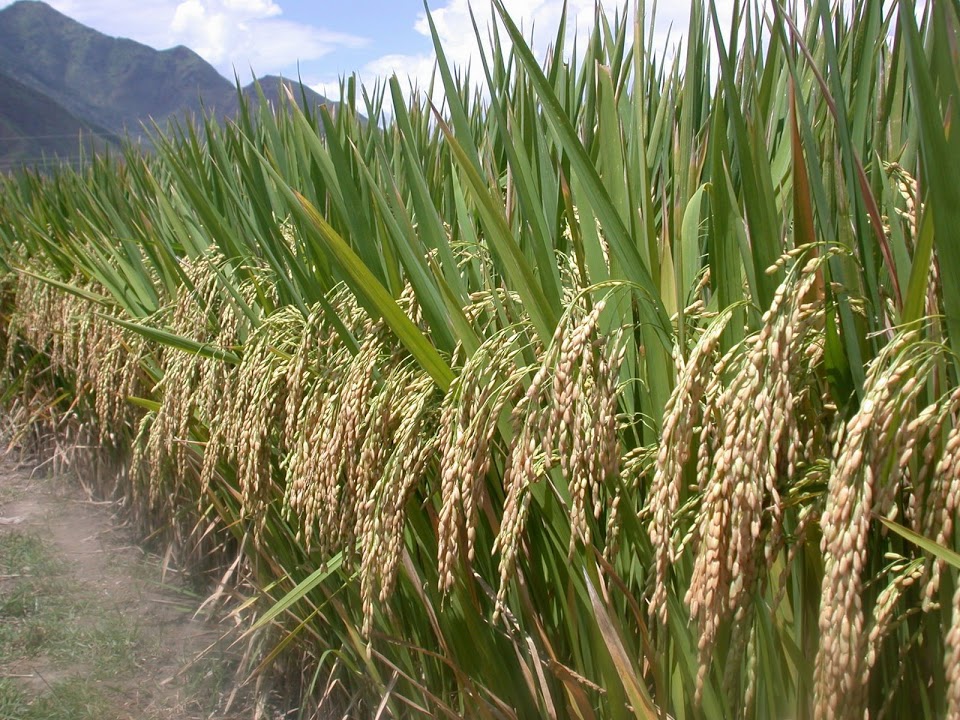
 www.independentsciencenews.org
www.independentsciencenews.org
Meeting World Food Needs by Raising the Productivity of Land, Labor, Capital and Water with less intensive agriculture and by using less Plants, Labor, Capital Machines, Fertilizers, Pesticides, Herbicides and Water - producing higher yields and better quality cheaper foods without the need for GMO, intensive agriculture and toxins
However no funding is provided to develop and roll out the proven programs for commercial farmers over different crops that would produce better quality food and yields at cheaper prices, with little or no toxins, be GMO free, using less water, labor, machinery and other inputs etc and is far better for the environment -
Why no support ..... who gains?
Why are we still advancing GMO alone and not also using alternative crop enhancement processes to compare results ?
Techniques could be applied to other crops from small scale to big commercial operations
The world record yield for paddy rice production is not held by an agricultural research station or by a large-scale farmer from the United States, but by Sumant Kumar who has a farm of just two hectares in Darveshpura village in the state of Bihar in Northern India. His record yield of 22.4 tons per hectare, from a one-acre plot, was achieved with what is known as the System of Rice Intensification (SRI). To put his achievement in perspective, the average paddy yield worldwide is about 4 tons per hectare. Even with the use of fertilizer, average yields are usually not more than 8 tons.
Sumant Kumar’s success was not a fluke. Four of his neighbors, using SRI methods, and all for the first time, matched or exceeded the previous world record from China, 19 tons per hectare. Moreover, they used only modest amounts of inorganic fertilizer and did not need chemical crop protection.
Using SRI methods, smallholding farmers in many countries are starting to get higher yields and greater productivity from their land, labor, seeds, water and capital, with their crops showing more resilience to the hazards of climate change (Thakur et al 2009; Zhao et al 2009).
These productivity gains have been achieved simply by changing the ways that farmers manage their plants, soil, water and nutrients.
The effect is to get crop plants to grow larger, healthier, longer-lived root systems, accompanied by increases in the abundance, diversity and activity of soil organisms. These organisms constitute a beneficial microbiome for plants that enhances their growth and health in ways similar to how the human microbiome benefits Homo sapiens.
That altered management practices can induce more productive, resilient phenotypes from existing rice plant genotypes has been seen in over 50 countries. The reasons for this improvement are not all known, but there is a growing literature that helps account for the improvements observed in yield and health for rice crops using SRI.
The ideas and practices that constitute SRI were developed inductively in Madagascar some 30 years ago for rice. They are now being adapted to improve the productivity of a wide variety of other crops, starting with wheat, finger millet and sugarcane. Producing more output with fewer external inputs may sound improbable, but it derives from a shift in emphasis from improving plant genetic potential via plant breeding, to providing optimal environments for crop growth.
The adaptation of SRI experience and principles to other crops is being referred to generically as the System of Crop Intensification (SCI), encompassing variants for wheat (SWI), maize (SMI), finger millet (SFMI), sugarcane (SSI), mustard (rapeseed/canola)(another SMI), teff (STI), legumes such as pigeon peas, lentils and soya beans, and vegetables such as tomatoes, chillies and eggplant.
That similar results are seen across such a range of plants suggests some generic processes may be involved, and these practices are not only good for growing rice. This suggests to Prof. Norman Uphoff and colleagues within the SRI network that more attention should be given to the contributions that are made to agricultural production by the soil biota, both in the plants’ rhizospheres but also as symbiotic endophytes within the plants themselves (Uphoff et al. 2012).
The evidence reported below has drawn heavily, with permission, from a report that Dr. Uphoff prepared on the extension of SRI to other crops (Uphoff 2012). Much more research and evaluation needs to be done on this progression to satisfy both scientists and practitioners. But this gives an idea of what kinds of advances in agricultural knowledge and practice appear to be emerging.
Origins and Principles
Deriving from empirical work started in the 1960s in Madagascar by a French priest, Fr. Henri de Laulanié, S.J., the System of Rice Intensification (SRI) has shown remarkable capacity to raise smallholders’ rice productivity under a wide variety of conditions around the world: from tropical rainforest regions of Indonesia, to mountainous regions in northeastern Afghanistan, to fertile river basins in India and Pakistan, to arid conditions of Timbuktu on the edge of the Sahara Desert in Mali. SRI methods have proved adaptable to a wide range of agroecological settings.
With SRI management, paddy yields are usually increased by 50-100%, but sometimes by even more, even up to the super-yields of Sumant Kumar and his neighbors. Requirements for seed are greatly reduced (by 80-90%), as are those for irrigation water (by 25-50%). Little or no inorganic fertilizer is required if sufficient organic matter can be provided to the soil, and there is little if any need for agrochemical crop protection against pests and diseases. SRI plants are also generally healthier and better able to resist such stresses as well as drought, extremes of temperature, flooding, and storm damage.
SRI methodology is based on four main principles that interact in synergistic ways:
- Establish healthy plants early and carefully, nurturing their root potential.
- Reduce plant populations, giving each plant more room to grow above and below ground and room to capture sunlight and obtain nutrients.
- Enrich the soil with organic matter, keeping it well-aerated to support better growth of roots and more aerobic soil biota.
- Apply water purposefully in ways that favor plant-root and soil-microbial growth, avoiding flooded (anaerobic) soil conditions.
- Plant young seedlings carefully and singly, giving them wider spacing usually in a square pattern, so that both roots and canopy have ample room to spread.
- Keep the soil moist but not inundated. Provide sufficient water for plant roots and beneficial soil organisms to grow, but not so much as to suffocate or suppress either, e.g., through alternate wetting and drying, or through small but regular applications.
- Add as much compost, mulch or other organic matter to the soil as possible, ‘feeding the soil’ so that the soil can, in turn, ‘feed the plant.’
- Control weeds with mechanical methods that can incorporate weeds while breaking up the soil’s surface. This actively aerates the root zone as a beneficial by-product of weed control. This practice can promote root growth and the abundance of beneficial soil organisms, adding to yield.
Variants of SRI practices suitable for upland regions have been developed by farmers where there are no irrigation facilities, so SRI is not just for irrigated rice production any more. In both settings, crops can be productive with less irrigation water or rainfall because taking up SRI recommendations enhances the capacity of soil systems to absorb and provide water (‘green water’). SRI practices initially developed to benefit small-scale rice growers are being adapted now for larger-scale production, with methods such as direct-seeding instead of transplanting, and with the mechanization of some labor-intensive operations such as weeding (Sharif 2011).
From the System of Rice Intensification to the System of Crop Intensification
Once the principles of SRI became understood by farmers and they had mastered its practices for rice, farmers began extending SRI ideas and methods to other crops. NGOs and some scientists have also become interested in and supportive of this extrapolation, so a novel process of innovation has ensued. Some results of this process are summarized here.
The following information is not a research report. The comparisons below are not experiment station data but rather results that have come from farmers’ fields in Asia and Africa. The measurements of yields reported here probably have some margin of error. But the differences seen are so large and are so often repeated that they are certainly significant agronomically. The results in the following sections are comparisons with farmers’ current practices, showing how much more production farmers in developing countries could be achieving from their presently available resources.
See link for more

How Millions of Farmers are Advancing Agriculture
Using SRI methods, small farmers in many countries are starting to get higher yields and greater productivity
Last edited:


